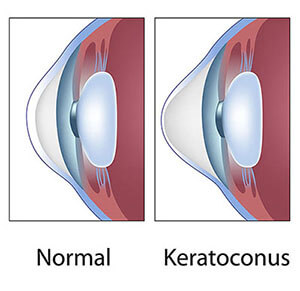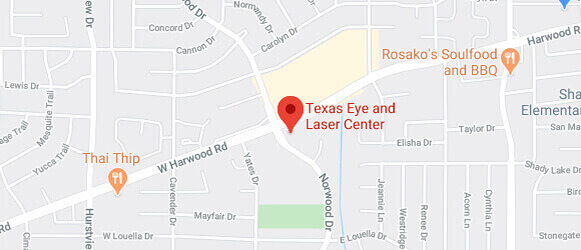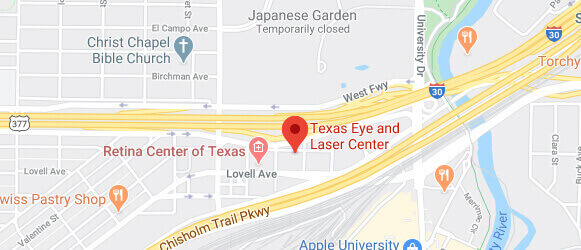 According to the National Keratoconus Foundation, approximately one in 2,000 people have keratoconus, an eye disease that affects the shape of the cornea. A normal cornea, which is the transparent portion of the front of the eye, is smooth and round. This dome-like shape is what allows a cornea to refract light properly. On the other hand, a cornea affected by keratoconus is abnormally steep and is not able to focus light properly in order for the eye to see properly.
According to the National Keratoconus Foundation, approximately one in 2,000 people have keratoconus, an eye disease that affects the shape of the cornea. A normal cornea, which is the transparent portion of the front of the eye, is smooth and round. This dome-like shape is what allows a cornea to refract light properly. On the other hand, a cornea affected by keratoconus is abnormally steep and is not able to focus light properly in order for the eye to see properly.
Advances in ophthalmology have made way for several treatment options for keratoconus. Intacs corneal inserts are small implantable discs designed to flatten the cornea, thereby restoring clear vision. Texas Eye and Laser Center, a leader in comprehensive eye care, is pleased to offer Intacs corneal inserts for Fort Worth patients who seek a long-lasting solution to keratoconus.
More on Keratoconus
Keratoconus affects the curvature of the cornea, causing it to become thin and bulge outward. As keratoconus progresses, the irregular shape of the cornea affects the eye’s ability to focus light onto the retina, distorting vision. Other symptoms of keratoconus include light sensitivity, glare, frequent vision prescription changes, and irritation. Many individuals with keratoconus also have more difficulty wearing contact lenses, as the cornea’s irregular shape worsens. Proper treatment is necessary to save vision and avoid permanent damage.
About Intacs
Mild cases of keratoconus can be managed with soft contact lenses, while advanced stages of the condition may require a corneal transplant. Intacs corneal inserts are ideal for patients who can no longer tolerate contact lenses but do not yet need a corneal transplant.
Approved by FDA in 2004 for the treatment of keratoconus, Intacs are clear, crescent-shaped discs that are inserted under the surface of the eye. The biocompatible implants flatten the cornea while allowing focused light to come in, improving vision. Intacs vary in thickness. A thicker ring means more flattening of the cornea and more vision correction. Prior to your procedure, our team will examine your eyes to determine the severity of your condition and what ring thickness is best to use.
About the Procedure
Intacs are implanted in a minimally invasive procedure that takes less than 30 minutes to complete. Before implantation, we will numb the eyes with eye drops to minimize discomfort. A small incision will be made at the surface of the cornea in order to create a tunnel through the cornea’s stromal layer. Using this tunnel, we will place the Intacs onto the central layer of the cornea. The incision will then be closed using a small suture.
Patients should expect to take a few days off from their normal routine to allow the eyes to heal. Most patients notice an improvement in vision the day after surgery. The procedure is reversible; when Intacs are removed, vision returns to its pre-op level within three months after the procedure.
Learn More about Keratoconus with Texas Eye & Laser Center
If you have been diagnosed with keratoconus, the board-certified ophthalmologists at Texas Eye & Laser Center can help find the right treatment option for you. Upon evaluating your medical history, eye health, and the severity of your keratoconus, we can make our recommendations on what treatment option best fits your visual needs. To find out if Intacs inserts or another treatment option is best for you, please contact Texas Eye and Laser Center at (817) 540-6060.



